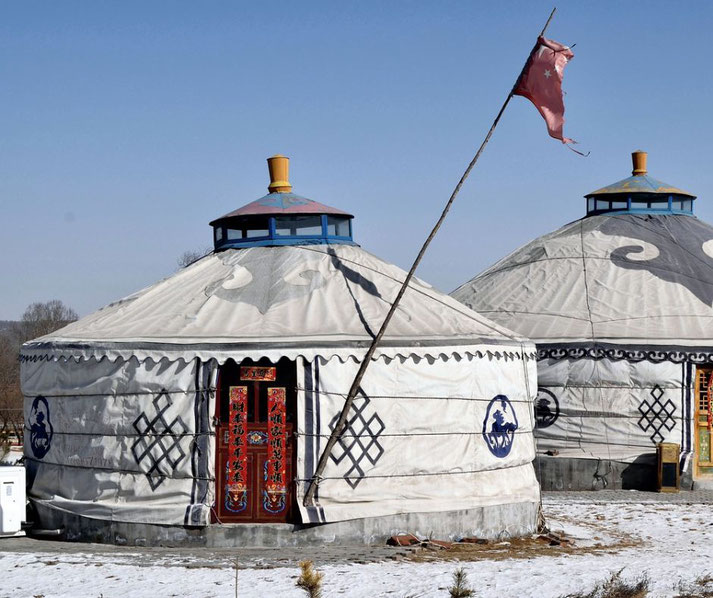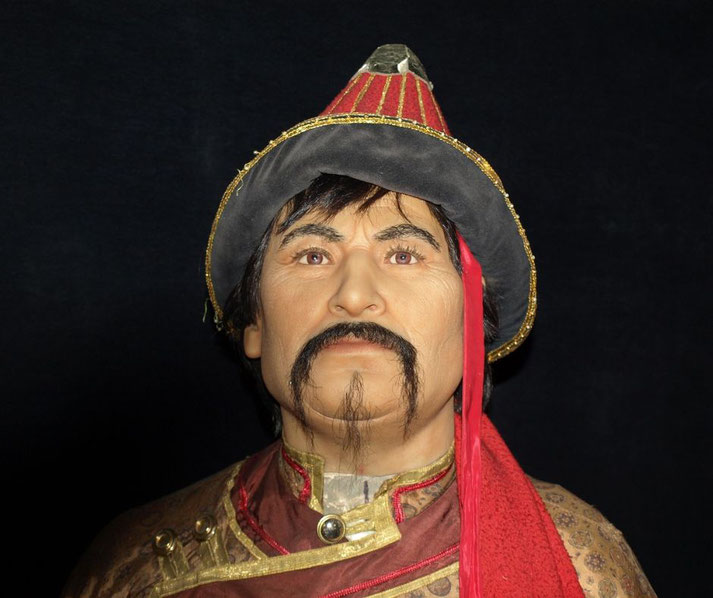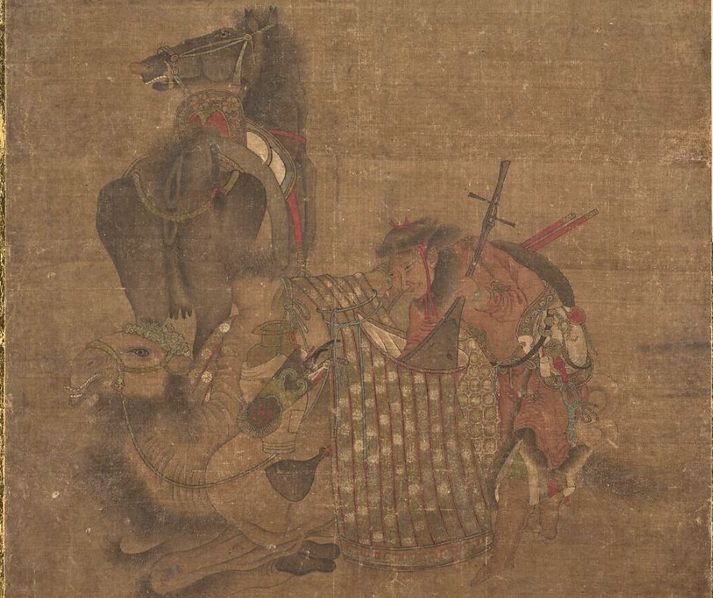Khutulun: The incredible life of a terrifying Mongol warrior princess

Born into the divided world of a declining Mongol Empire, Khutulun rebelled against the traditional roles set for women in the thirteenth century.
As such, her life did not follow the path of courtly grace or quiet obedience. Instead, Khutulun embraced the lifestyle of a soldier who rode into combat, made tactical decisions, and, apparently, defeated powerful men in open wrestling matches.
Chroniclers from both East and West recorded her as a fearsome warrior, while others viewed her as an oddity in a male dominated society.
Over time, however, her story became mixed between fact and legend.
The dangerous world Khutulun was born into
During the final decades of the thirteenth century, the Mongol Empire, once unified under Genghis Khan, had broken into rival khanates that fought for power.
Khutulun’s father, Kaidu, held control over parts of the Chagatai Khanate in Central Asia from 1269 until his death in 1301.
He refused to acknowledge the authority of Kublai Khan, who claimed the title of Great Khan from his court in China.
Fighting increased into regular warfare between their forces, as Kaidu fought to preserve traditional steppe customs against Kublai’s Sinicised rule.
Military strength determined legitimacy, and survival required constant watch against betrayal, rebellion, or foreign invasion.
In her early years, Khutulun experienced the demands of a nomadic empire held together by alliances, by loyalty, and enforced through military power.
Kaidu prepared his children for war rather than court diplomacy. She trained in horsemanship, archery, and wrestling, and she hunted game with the same confidence as her male relatives.
The wars between Kaidu and Kublai created a world in which real skill meant survival.
Khutulun’s value emerged from her readiness to ride into danger and her success in earning her father’s trust as both warrior and strategist.

The difficulty of being a princess in the Mongol Empire
Among the Mongol elite, daughters of noble blood held influence in dynastic marriages and court alliances, but they rarely led armies.
Khutulun, however, refused the role of marriage pawn. Kaidu supported her independence and granted her positions of authority on campaign.
Other Mongol leaders disapproved of her refusal to marry, arguing that she undermined the responsibilities of a royal daughter.
Her status as a female commander created political friction, especially within a culture that expected women to consolidate power through kinship, not command.
On the battlefield, Khutulun matched the performance of her brothers. She accompanied her father during campaigns against the Ilkhanate in Persia and the Yuan Dynasty in China.
She participated in major military operations during the late 1280s and 1290s.
Kaidu valued her advice, and he later expressed a wish to make her his successor.
That decision drew resistance from male relatives and tribal leaders, who rejected the idea of a woman inheriting political leadership.
The threat to her authority came from within her own clan as much as from the rival khanates beyond it.

How Khutulun became a military mastermind
During military campaigns in the 1280s and 1290s, Khutulun earned recognition as a skilled tactician and fearless fighter.
Persian historian Rashid al-Din described her ability to charge into enemy lines and capture prisoners with speed and accuracy.
She guided her troops through challenging terrain, carried out surprise attacks, and coordinated movements that disrupted enemy formations.
Her military record reflected years of direct experience under dangerous conditions.
In operations against Kublai Khan’s forces and the Yuan-aligned khanates in the east, Khutulun influenced tactical decisions that determined the outcome of battles.
Kaidu entrusted her with assignments that required confident adaptability and rapid action in the field.
Her soldiers followed her willingly because she exposed herself to the same dangers they faced.
No primary source describes that she held a formal military title. She showed strong leadership in combat.
By the late 1290s, she had established herself as one of Kaidu’s most reliable battlefield leaders.

How she wrestled men to find a suitable husband
Stories of Khutulun’s wrestling challenges spread rapidly across the Mongol world.
According to Rashid al-Din and other accounts, she declared that she would only marry a man who could defeat her in open wrestling.
Each defeated suitor owed her one hundred horses. No challenger succeeded, and over time, her herd reportedly grew to thousands.
Wrestling held cultural importance among Mongols as a test of strength and personal honour.
Her victories reinforced her role as a warrior and defended her autonomy.
When she organised these matches, Khutulun removed the possibility of being traded into a political marriage.
Her conditions required any suitor to prove his worth through personal combat, and those who failed became a source of public embarrassment.
A story of one suitor who attempted to cheat his way to victory, only for her to defeat him in front of an audience, which captured the imagination of later storytellers.
The Venetian traveller Marco Polo, who visited Mongol territory during the 1270s, included a version of her wrestling feats in his writings, describing her strength and martial ability in admiring terms.
Did Khutulun really exist?
Contemporary sources confirm that Khutulun lived and fought in the late thirteenth century.
Rashid al-Din, a court historian for the Ilkhanate, wrote about her military exploits and relationship with her father in detail.
Marco Polo also mentioned her, though his writings often relied on hearsay and contained embellishments.
Their accounts agree on her physical strength, her role in military campaigns, and her refusal to marry according to custom.
However, neither source provides consistent dates or precise details about her personal achievements.
Later writers expanded the tale with flourishes that obscured the original historical record.
Over time, Khutulun’s life inspired fictional versions that left her historical setting.
During the seventeenth century, elements of her story likely influenced dramatic characters such as the legendary Turandot, although the connection appears indirect.
These fictional portrayals altered key facts and added new elements, but the historical figure behind them continued to attract scholarly attention.
Although her exact military rank and the number of her victories cannot be verified, the primary evidence suggests that Khutulun existed, fought in real campaigns, and gained a level of personal authority few Mongol women ever achieved.
The survival of her story across centuries, despite limited documentation, suggests the impression she made during a short but extraordinary life.
What do you need help with?
Download ready-to-use digital learning resources
Copyright © History Skills 2014-2025.
Contact via email
With the exception of links to external sites, some historical sources and extracts from specific publications, all content on this website is copyrighted by History Skills. This content may not be copied, republished or redistributed without written permission from the website creator. Please use the Contact page to obtain relevant permission.





